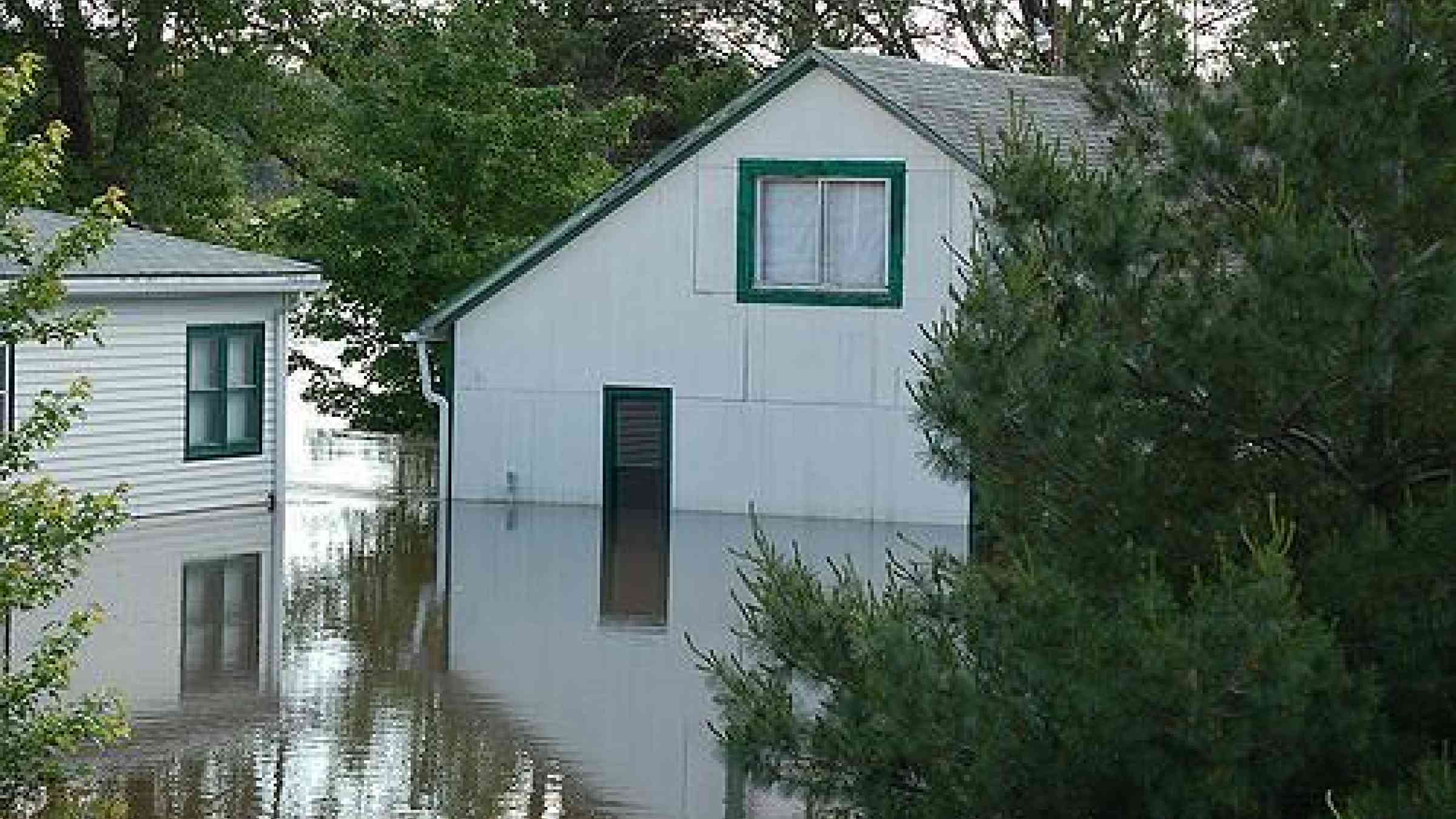JRC-led study highlights the rising danger of deadly river floods with global warming

Global human and economic losses from river floods are set to rise in coming years, even with the most optimistic climate outlook, says a study led by the European Commission’s Joint Research Centre (JRC), published recently in the journal Nature Climate Change (Dottori et al, 2018).
The JRC-led study estimates global human and economic losses from river floods for Specific Warming Levels (SWLs), from the Paris Agreement targets (1.5 and 2°C) to a 3°C warmer world, and finds that, from the current global yearly average of 5,700 deaths from river flooding, annual deaths could rise by 83% at 1.5°C global warming, 124% at 2°C, and 265% at 3°C. Estimates of immediate economic costs and long term impacts tell a similar story. Depending on the socio-economic scenario, at 1.5°C warming direct flood damage is set to rise by 160–240%. Longer-term welfare losses (i.e. reduction in consumption compared to the scenario without climate impacts) could reach 0.3%. At 2°C warming, direct economic damage doubles and welfare losses rise to 0.4%. Impacts are much higher at 3°C warming. Long term losses could even exceed direct damages, due to increased persistent effects on the economy.
The river flood impacts will also likely have an uneven regional distribution. Asia and Sub-Saharan Africa are the most affected continents now, and will have rising shares of the global direct and indirect impacts at all analysed SWLs. Impacts will rise considerably also in Europe, even though at a slower rate than the global average. Human losses could increase by 45%-55% under 1.5°C warming, and up to 85% at 3°C, depending on the socio-economic scenario considered. Economic damage in Europe shows larger increases by 90%-160% under 1.5°C warming and up to 385% at 3°C.
Climate adaptation and mitigation are needed to offset this increasing risk in the future. By assessing long term impacts across regions - considering both immediate costs and the strain on economic growth – such studies provide evidence to help policy-makers prepare effective adaptation plans to counteract increasing river flood risk.
The JRC-led study used a multi-model framework and recent datasets of global vulnerability and exposure, to simulate extreme river flows, flooding and socio-economic impacts. River flow projections were based on the ISIMIP (Inter-Sectoral Impact Model Intercomparison Project) ensemble (10 global hydrological models x 5 global climate models). River flow and flooding were simulated by the model CAMAFLOOD (Catchment-Based Macro-Scale Floodplain). Multi-sectoral, multi-regional economic modelling was done with the model MAGE (Macroeconometrics of the Global Economy). Global datasets of exposure (GHSL), flood protection (FLOPROS) and flood-loss relations were also used. Future socio-economic and land use scenarios (SSPs) were considered, under present-day vulnerability conditions. Impacts (population exposed, number of fatalities, direct damages, welfare changes / indirect economic effects) were quantified using publicly available global datasets.
